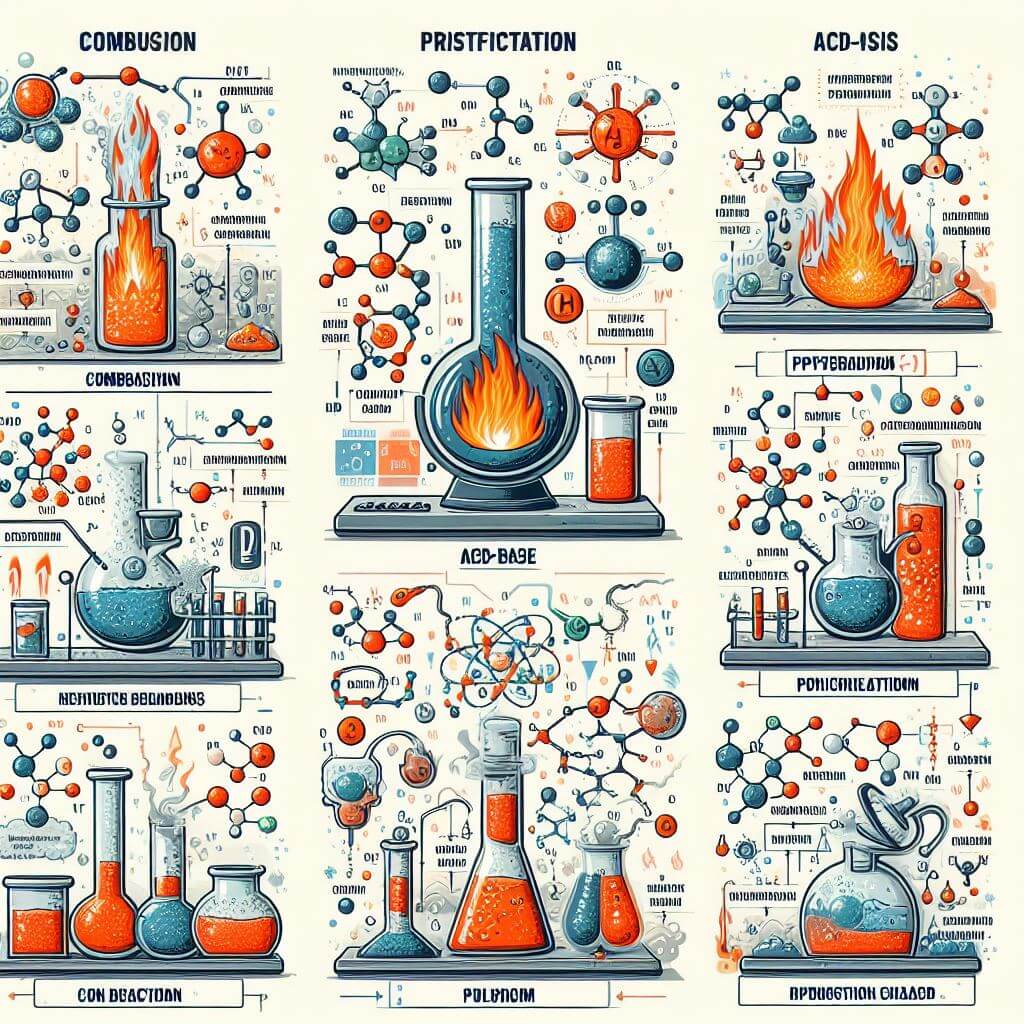A team from Carnegie Mellon University and Los Alamos National Laboratory used the power of machine learning to develop a model capable of simulating chemical reactions in a wide range of organic compounds and different conditions. “This device paves the way for a deeper study of reactions in this area,” said Shuhao Zhang, Ph.D. candidate in the Chemistry Department at Carnegie Mellon. “This allows us to carefully model the entire reaction process.”
 Zhang is leading the research, documented in the paper “Exploring the frontiers of chemistry with the general potential of reactive machine learning,” published in Nature Chemistry, which describes the development and achievements of this innovative machine learning approach. Although reaction modeling is not new, previous approaches have faced several challenges. General methods such as reactive force field models often require special training for certain types of reactions. Meanwhile, classical models using quantum mechanics, which simulate chemical reactions based on fundamental physics, can work with a variety of materials and molecules, but require the use of supercomputers.
Zhang is leading the research, documented in the paper “Exploring the frontiers of chemistry with the general potential of reactive machine learning,” published in Nature Chemistry, which describes the development and achievements of this innovative machine learning approach. Although reaction modeling is not new, previous approaches have faced several challenges. General methods such as reactive force field models often require special training for certain types of reactions. Meanwhile, classical models using quantum mechanics, which simulate chemical reactions based on fundamental physics, can work with a variety of materials and molecules, but require the use of supercomputers.
The recently introduced Machine Learning Generalized Interatomic Potential (ANI-1xnr) is a game-changer by being able to perform simulations involving elements such as carbon, hydrogen, nitrogen, and oxygen while requiring much less computing power and time compared to classical quantum mechanical models. Oleksandr Isayev, associate professor of chemistry at Carnegie Mellon and project leader, attributes this progress to advances in machine learning technology. “Machine learning stands out as a powerful method for creating adaptive atomistic potentials using regression algorithms. The mission of our project is to develop a machine learning strategy that can accurately and effectively predict the energy and speed of chemical reactions,” explained Isaev. “Our findings highlight that machine learning models, after being trained in high-level quantum mechanics theories, can predict energies and forces with near-quantum accuracy at speeds several times faster. This represents a new change in the approach to reactive modeling.”
The research team tested ANI-1xnr on several chemical tasks, including biofuel additive testing and methane combustion analysis. They even replicated the Miller experiment, a landmark study that simulated early Earth conditions to study the origin of life, and found that the ANI-1xnr model produced accurate results in complex systems. Zhang pointed to broader potential applications for the model, noting its ability to simulate biochemical processes such as enzyme reactions after appropriate adaptation.
Looking to the future, the team aims to further improve ANI-1xnr by expanding its compatibility with more elements and broader chemical processes, as well as expanding its capabilities to handle larger reactions. This can expand its application in various sectors, including pharmaceuticals.
